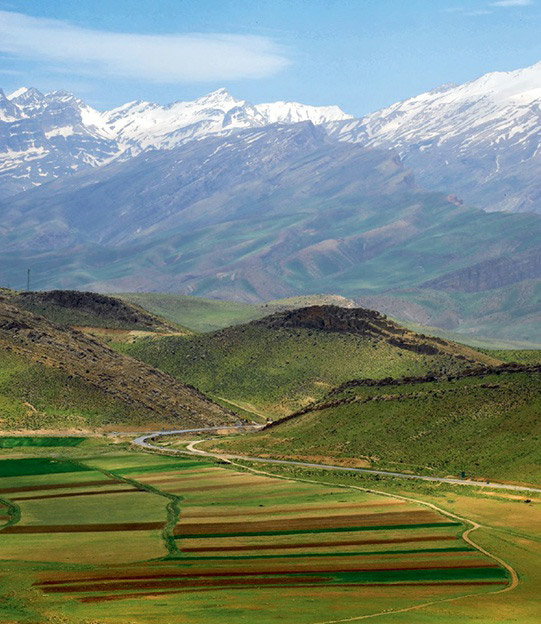The invention of agriculture, around 12,000 years ago, marked a pivotal turning point in human history. This transition, spurred by the end of the Ice Age and the retreat of ice, led to significant changes in human civilization, especially in geographically favorable regions like the Fertile Crescent.
In this region, characterized by the flooding of rivers like the Nile, Tigris, and Euphrates, fertile lands emerged, supporting the growth of wild grains and the migration of animals. These conditions allowed previously nomadic peoples to settle down, relying on the predictable patterns of nature to sustain their food needs. The abundance of food facilitated the emergence of the first farms, where seeds were planted for easier harvests of grains, fruits, and vegetables.
This newfound stability in food sources led to population growth and the development of trade systems, eventually giving rise to the first permanent settlements and political structures—ushering in the era of the first cities. The Sumerians, settling in the Fertile Crescent around 4500 to 1900 BCE, are often credited as the world’s first civilization.
The agricultural revolution was not confined to the Fertile Crescent, with similar developments occurring in China, Indonesia, sub-Saharan Africa, and the Americas over subsequent centuries. While climate change was a driving factor in these regions, anthropologists also consider other influences like population pressures, plant and animal domestication, and social dynamics in the rise of agricultural societies.
In summary, the shift from nomadic to agricultural lifestyles fundamentally transformed human societies, leading to the birth of civilization as we know it today.

